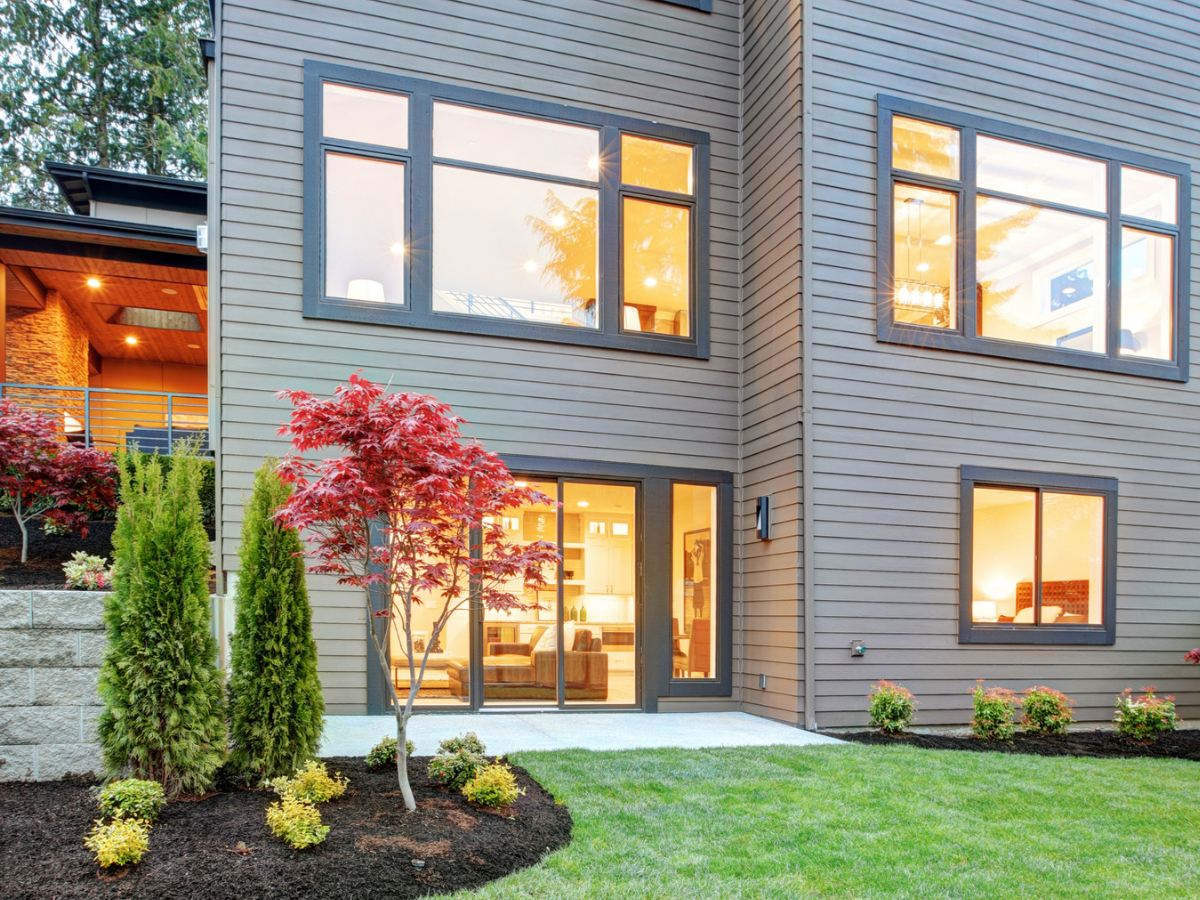When creating a modern look for your home, exterior siding is king. The exterior siding styles not only protect the house from various weather elements but also act as a visual component that can enhance the overall appearance of your property. Exploring trendy siding styles is a must if you are looking for ways to give your home a contemporary touch.
Explore the different styles that can give your home a modern appearance. Whether renovating your existing home or constructing a new one, the right siding choice can significantly affect the overall design aesthetics. From sleek and minimalist options to bold and inventive styles, many siding choices suit every homeowner’s taste and preference.
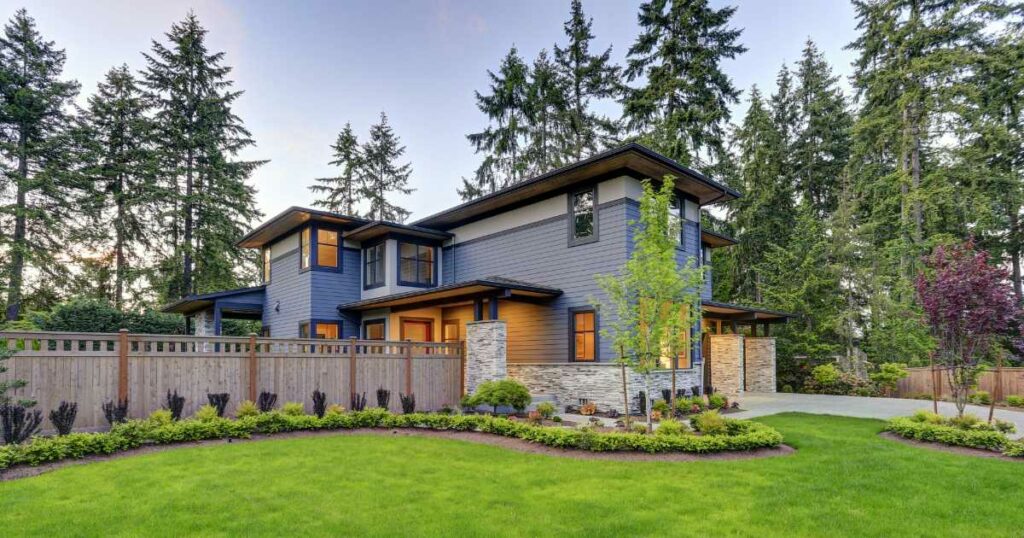
Traditional Siding Options for a Modern Look
When choosing siding for your home, there are several classic options. Vinyl siding is popular due to its affordability, low maintenance, and durability. Wood siding offers a timeless and natural look that can add warmth and charm to any home. Fiber cement siding is another option that provides the appearance of wood siding without its vulnerabilities.
Traditional siding options like wood, brick, and stucco can still achieve a modern aesthetic. For instance, wood siding can be used diagonally or at varying widths to create visual interest and a more contemporary look. This can be further enhanced by staining or painting the wood in bold, vibrant colors. Brick siding can be arranged in patterns such as a herringbone or stacked bond to add texture and depth to a modern design. Painting the brick in a monochromatic color scheme or using sleek metal accents can also modernize its appearance. Stucco siding can be applied with clean lines and minimal texture to provide a smooth and minimalist look.
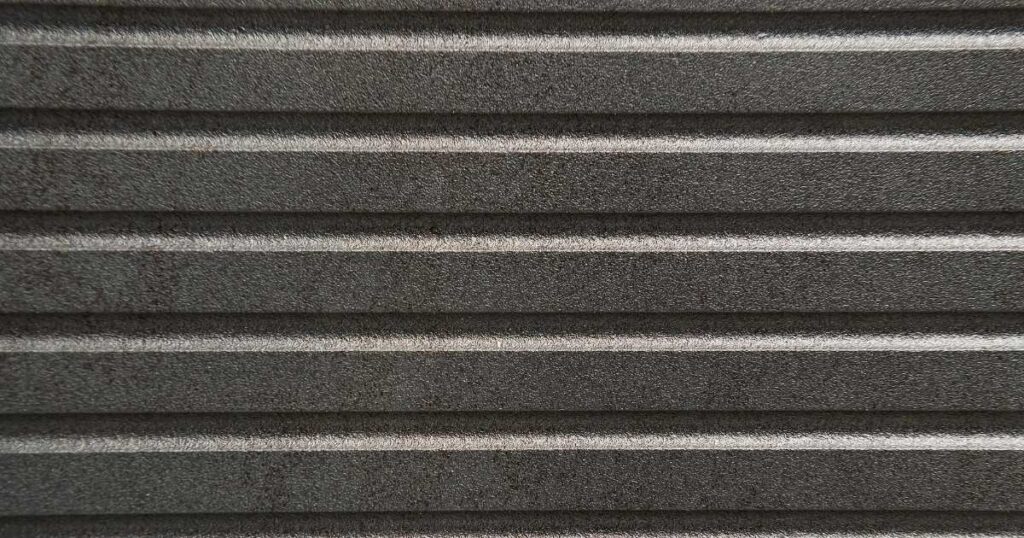
Innovative Siding Materials
Alternative Materials in Modern Exterior Designs
Metal siding, commonly made from aluminum or steel, provides durability and resistance against extreme weather conditions. Composite siding is another popular choice due to its versatility and aesthetic appeal. Made from a mixture of wood fibers and various resins, it offers the look of natural wood without the associated drawbacks such as rotting, warping, or insect damage. Its longevity and durability also make it an attractive option for those seeking a long-term investment. With these alternative options, designers have more flexibility and creativity when it comes to achieving unique and modern exterior designs,
Unique Features and Benefits of Each Material
When it comes to materials, each one has its own unique features and benefits. For example, wood is known for its natural beauty and durability. It can be easily carved and shaped into intricate designs, making it suitable for furniture and architectural elements. On the other hand, metal offers strength and versatility. It can be melted, molded, and welded, allowing for the creation of complex structures and tools. Glass, on the other hand, provides clarity and transparency. It allows light to pass through, making it ideal for windows and other decorative elements.
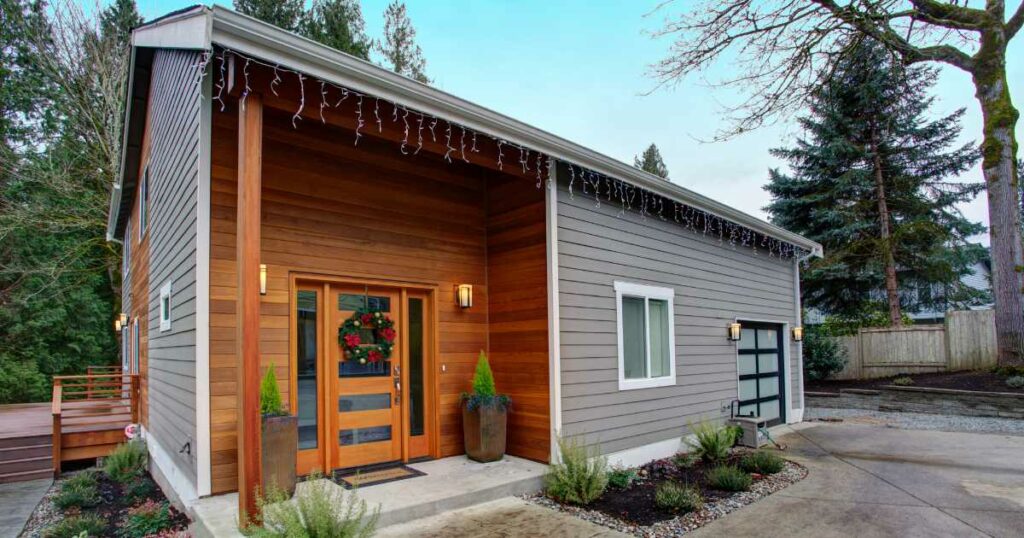
Sleek and Minimalistic Siding Styles
Modern Architectural Trends
In architecture, modern trends have increasingly favored clean lines and simplicity. One prominent aspect of this is the use of siding in exterior design. This architectural element is often characterized by its clean and straight lines, which create a sense of order and structure. The simplicity of siding allows for a seamless blend with other architectural features, such as large windows or minimalistic landscaping. The use of clean lines throughout the exterior of a building contributes to a contemporary and sophisticated look. Architects and designers have embraced this trend, recognizing the appeal of its streamlined and uncluttered appearance. As a result, buildings adorned with siding have become increasingly popular in modern architectural creations, showcasing a preference for clean lines and simplicity in the contemporary design landscape.
Siding Styles that Reflect Trends
Modern and minimalist aesthetics continue rising, and siding styles that reflect these trends are becoming increasingly popular. Rectangular panels and smooth finishes are among the top choices for homeowners looking to update the exterior of their homes. Rectangular panels create sleek and clean lines, giving a contemporary look to any property. Smooth finishes offer a polished and sophisticated appearance, enhancing the modern appeal of the siding. Whether for new construction or a renovation project, choosing siding with rectangular panels and smooth finishes is a great way to showcase a contemporary design and elevate the curb appeal of any home.

Bold and Eye-Catching Siding Styles
Modern Homes Use Bright Colors and Unconventional Siding Patterns
Modern houses have adopted a bold and expressive approach by incorporating bright colors and unconventional siding patterns. Bright colors, such as vibrant yellows, bold blues, and striking pinks, add a sense of dynamism and liveliness to the exteriors of these homes. Alongside the use of bright colors, unconventional siding patterns further contribute to the distinctiveness of these houses. Modern homes feature diagonal, chevron, or irregular patterns to create visual interest and challenge traditional aesthetics.
Siding Options with Bold Expressions
Bold expressions through geometric patterns and contrasting colors allow homeowners to showcase their unique style and create a visual impact on their exteriors. Geometric patterns, such as chevron, herringbone, or even a simple grid, add a modern and dynamic look to the siding. Different materials, such as vinyl, wood, or metal, can achieve these patterns, giving homeowners flexibility in their design choices. Contrasting colors are a popular trend in siding options, where different hues are used to highlight architectural features or create a striking visual contrast. The juxtaposition of dark and light colors, or even complementing shades, can create a dramatic and eye-catching effect.
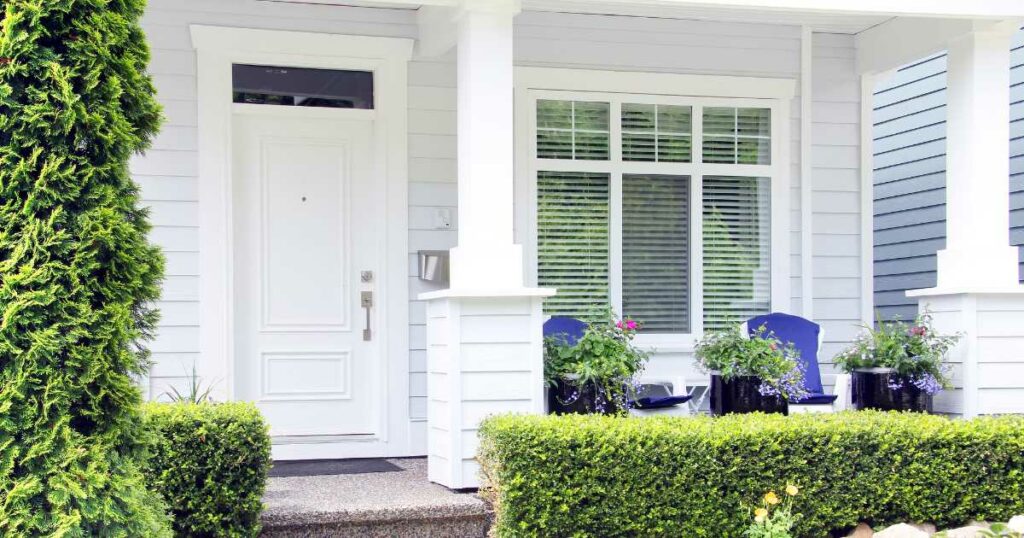
Mixing and Matching Siding Styles
Mixing different siding materials and styles can create a unique and modern look for a building or home. Combining brick, stone, wood, metal, vinyl, horizontal, vertical, or shingle styles achieves a dynamic and visually striking exterior design. This approach allows for creativity and personalization. Mixing siding materials and styles can help break up the monotony of single siding material, adding character and charm to the architecture.
Harmonizing Contrasting Siding Styles for a Cohesive Exterior Design
Choose a color palette that compliments both siding styles. This will create a sense of unity and cohesion. Pay attention to the scale and proportion of the siding. Mixing large panels with smaller ones can add visual interest and balance. Consider using trim and accents that bridge the gap between the contrasting siding styles. Natural elements such as stone or brick can help tie together different siding styles, providing a cohesive and harmonious exterior design.

Sustainable and Eco-Friendly Siding Options
In modern construction, there is a growing emphasis on environmentally-friendly materials. With increasing awareness of climate change and the need to reduce carbon emissions, builders seek alternatives to traditional construction materials that hurt the environment.
Two options that tick both boxes are reclaimed wood and fiber cement. Reclaimed wood is a great choice for those looking for a rustic aesthetic while minimizing its environmental impact. This material is sourced from older structures, such as barns or warehouses, and repurposed for siding. Using reclaimed wood gives new life to an existing material, reducing the need for new timber and lowering carbon emissions. On the other hand, fiber cement is a sustainable alternative to traditional siding materials like vinyl or wood. Made from a mixture of cement, sand, and cellulose fibers, fiber cement siding offers excellent durability and resistance to rot, insects, and fire.
Benefits of Eco-Friendly Siding Options
Opting for eco-friendly siding options has numerous benefits beyond just being good for the environment. Firstly, eco-friendly siding materials are made from renewable resources, such as recycled materials, fiber cement, or reclaimed wood. Secondly, eco-friendly siding options often have a longer lifespan compared to traditional siding materials, reducing the need for frequent replacements. Eco-friendly siding options often have better insulation properties, improving the energy efficiency of the building and reducing heating and cooling costs.
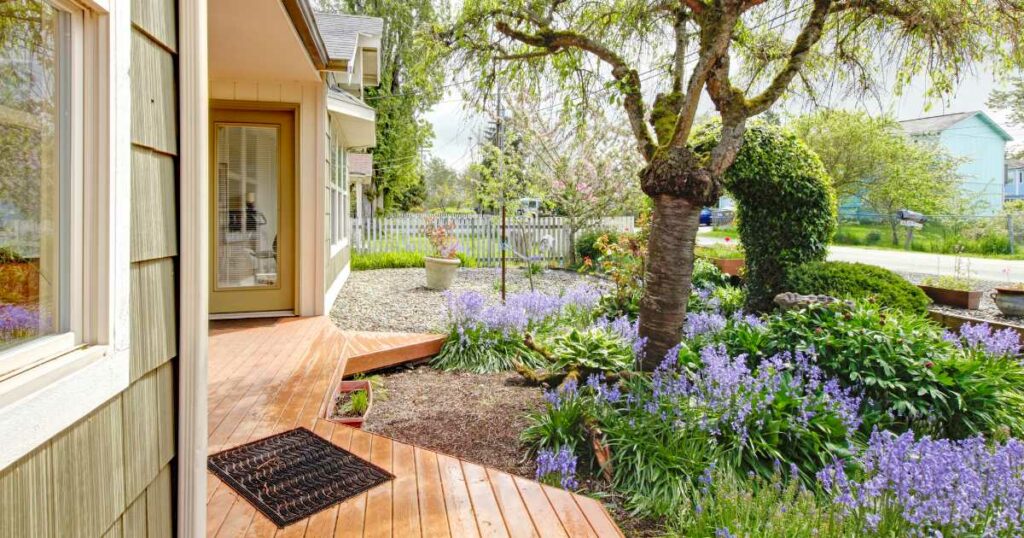
Exploring Various Exterior Siding Styles and Materials
With a wide array of exterior siding styles and materials available, it’s important to explore your options and find the one that best suits your personal taste. Whether you prefer the classic and timeless look of traditional clapboard siding or the sleek and modern appeal of metal panels, there is a siding style to match your aesthetic preferences. Consider exploring different materials such as vinyl, wood, fiber cement, and even stone to find the one that not only complements the architectural style of your home but also reflects your own personality. You can transform your home’s exterior into a true reflection of your personal style and create a welcoming and visually appealing space for yourself and visitors.
Frequently Asked Questions
1. What are the different types of siding available?
Several types of siding are available, including vinyl siding, wood siding, fiber cement siding, metal siding, composite siding, brick siding, aluminum siding, and steel siding.
2. How do I choose the best siding for my home?
Choosing the best siding for your home depends on various factors such as style, siding costs, compatibility with the exterior design, and the desired look of your home. Consider the siding type that matches your preferences and fits within your budget.
3. What are some advantages of vinyl siding?
Vinyl siding offers low maintenance, durability, various colors, and affordability. It is also available in an insulated version, providing additional energy efficiency to your home.
4. Can I install fiber cement siding myself?
While installing fiber cement siding as a DIY project is possible, hiring a professional for a proper installation is recommended. This ensures the siding is installed correctly to prevent any potential issues in the future.
5. What are the pros and cons of wood siding?
Wood siding provides a natural and timeless look to your home’s exterior. However, it requires regular maintenance to prevent rot and insect infestation. Sealing and maintaining wood siding is essential to ensure its longevity properly.
6. How long does siding typically last?
The lifespan of siding can vary depending on the material. For example, fiber cement siding can last up to 50 years, while vinyl siding typically lasts around 25 years. Regular maintenance and upkeep can extend the lifespan of any type of siding.
7. Is there any specific care needed for metal siding? Metal siding is generally low maintenance and resistant to insect damage and rot. However, it may need occasional cleaning and repainting to maintain its appearance and prevent rust.

